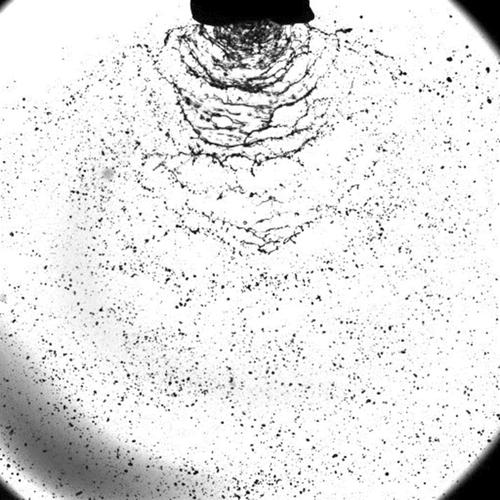当前位置:
X-MOL 学术
›
Pest Manag. Sci.
›
论文详情
Our official English website, www.x-mol.net, welcomes your feedback! (Note: you will need to create a separate account there.)
Adjuvant use for the management of pesticide drift, leaching and runoff
Pest Management Science ( IF 3.8 ) Pub Date : 2024-06-19 , DOI: 10.1002/ps.8255 Andrew J Hewitt 1
Pest Management Science ( IF 3.8 ) Pub Date : 2024-06-19 , DOI: 10.1002/ps.8255 Andrew J Hewitt 1
Affiliation

|
Adjuvants are included in many pesticide spray mixtures to enhance the performance of the applied chemical. Many adjuvants which modify the emulsion or extensional viscosity of the tank-mixture have been found to offer benefits in drift management, primarily by eliminating or reducing the ‘Fine’ droplets included in the spray with diameters <100–200 μm that can move off-target in unfavorable conditions during ground, airblast and aerial pesticide applications. Among wind tunnel and field studies conducted around the world, there is consensus that while some adjuvants are effective for drift management, the performance varies on a case-by-case basis, requiring verification for each adjuvant which could be achieved through a programme such as certification based on showing a reduction in Fine droplets and/or a reduction in airborne drift. These can be measured in wind tunnel studies according to international standards. This article provides a review of the current science in this subject area, from the approaches to data collection to a review of existing data and regulatory application for encouraging and rewarding the use of appropriate adjuvants that have been demonstrated to reduce airborne spray drift potential and therefore the size of no-spray buffer zones appropriate to protect nontarget sensitive areas from drift exposure. Some adjuvants can offer the same reduction in drift as offered by hooded sprayer retrofits. A drift reduction programme based on adjuvant use could include testing candidate adjuvants for their effect on droplet size and reduction in Fine droplets when sprayed through reference nozzles and compared against sprays without the adjuvant. Testing could also be based alternatively on measurements of drift potential on collectors such as monofilament line in wind tunnel or field studies. Once shown to be effective in reducing ‘Fines’ or spray drift, adjuvants could be certified and then referenced on pesticide labels and/or regulatory or best management practice schemes to encourage their use and offer reductions in use restrictions or no-spray buffer zone sizes based on drift management. Studies have shown that some adjuvants can reduce pesticide leaching into soils and contamination of groundwater, as well as runoff of active ingredients from plants into the environment. Performance depends on the adjuvant type, the pesticide with which it is used, the soil or plant type, the timing and mass of water input from rainfall and climatic factors. © 2024 The Author(s). Pest Management Science published by John Wiley & Sons Ltd on behalf of Society of Chemical Industry.
中文翻译:

辅助用于管理农药漂移、淋滤和径流
许多农药喷雾混合物中都含有助剂,以增强所用化学品的性能。人们发现,许多改变罐混合物的乳液或拉伸粘度的助剂对漂移管理有好处,主要是通过消除或减少喷雾中直径<100 id=59>《害虫管理科学》发表的“细小”液滴由 John Wiley & Sons Ltd 代表化学工业协会制定。
更新日期:2024-06-19
中文翻译:

辅助用于管理农药漂移、淋滤和径流
许多农药喷雾混合物中都含有助剂,以增强所用化学品的性能。人们发现,许多改变罐混合物的乳液或拉伸粘度的助剂对漂移管理有好处,主要是通过消除或减少喷雾中直径<100 id=59>《害虫管理科学》发表的“细小”液滴由 John Wiley & Sons Ltd 代表化学工业协会制定。
















































 京公网安备 11010802027423号
京公网安备 11010802027423号